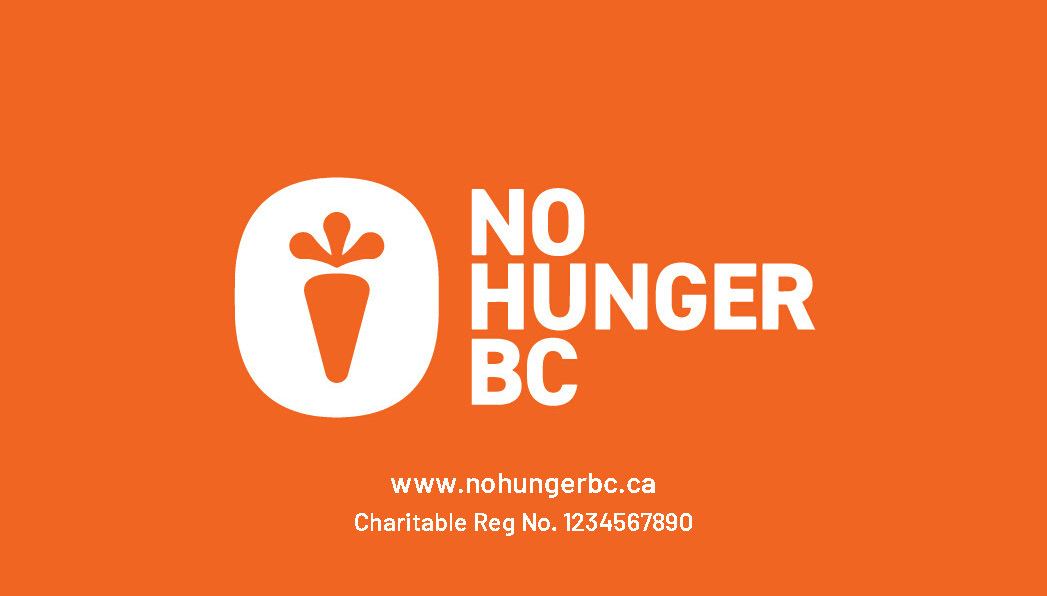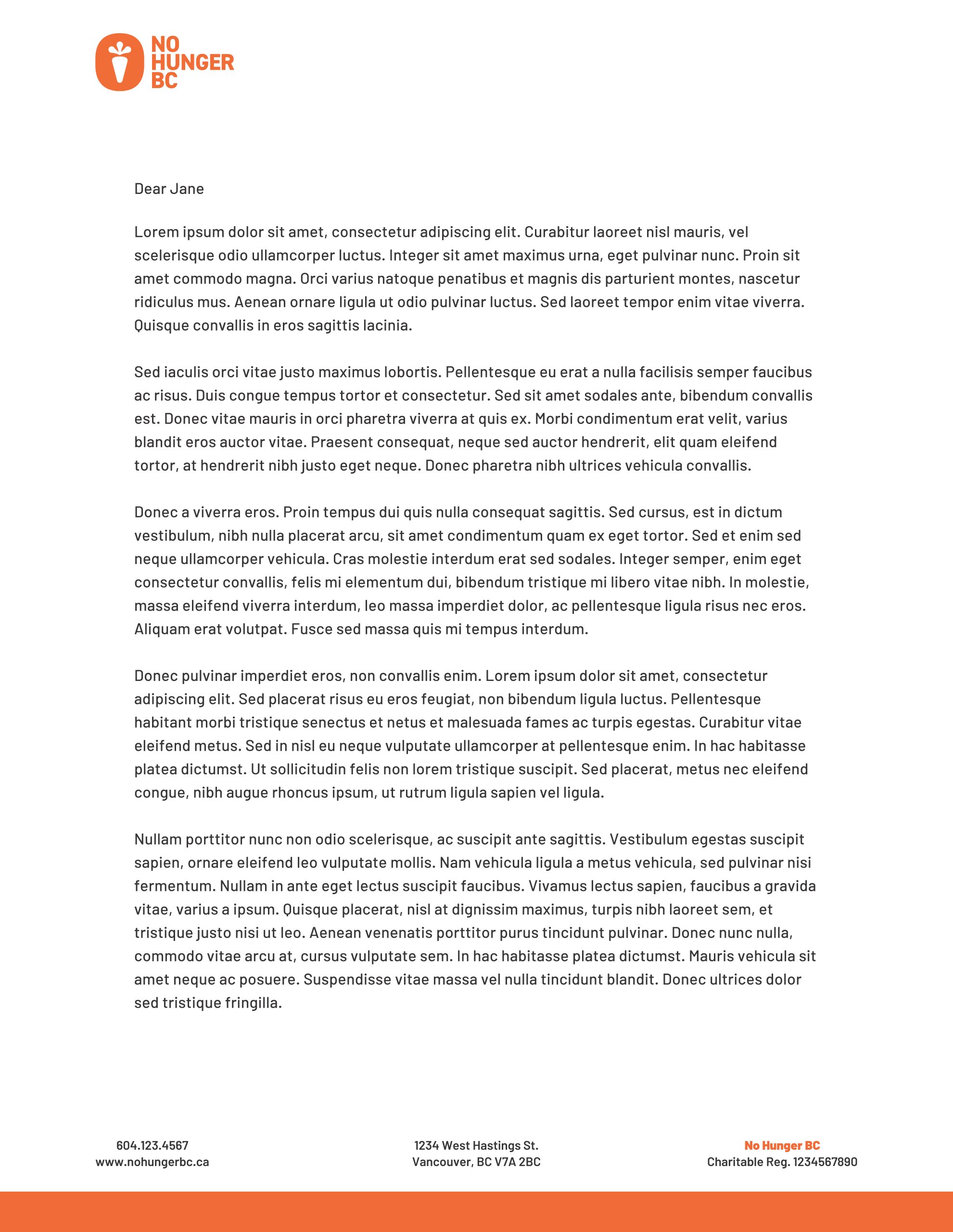Branding
34 Supporting Brand Assets

Use of Image/Visuals
Images
It may be a cliché to say, “A picture is worth a thousand words,” but visual images have power. Good communication is a multisensory experience. Children first learning how to read often gravitate toward books with engaging pictures. As adults, we graduate to denser books without pictures, yet we still visualize ideas to help us understand the text. Advertisers favour visual media—television, magazines, and billboards—because they are the best way to hook an audience. Websites rely on colour, graphics, icons, and a clear system of visual organization to engage Internet surfers. Visuals bring ideas to life for many readers and audiences in multiple ways:”
Brand image is reinforced over time by consistently representing your brand to your customers in an authentic manner. By being consistent across the various channels that reach your customers you can build brand loyalty and enhance brand awareness.
Purpose of Visuals
There are a number of reasons you might consider including visuals in documents, presentations, and other communications. Four reasons are detailed below:
Decorative
Visuals that do not represent objects or actions within the text but are added, instead, for aesthetic effect are considered decorative. Decorative visuals are often added to gain attention or increase the audience’s interest. Visuals can be used this way but can detract from the message you are trying to communicate and, thus, should be used with caution.
Representational
These visuals physically represent or physically resemble objects or actions in the text and are relevant to the content of the text. For example, rather than giving a detailed textual description of a new playground, you might include an image or render of the new playground and use the text to highlight specific features or information.
Analogical
Analogical visuals are used to compare and contrast two things, and explain their likeness or correspondence. For example, a marketing consultant might try to clarify the difference between targeted marketing and mass marketing by including images of a single fisherman with a single fishing rod and line next to an image of a bigger boat with a fishing net. By using the fishing analogy, the marketing consultant is attempting to connect a possible prior understanding of the audience, a visual, and the concepts of targeted marketing versus mass marketing.
Organizational
The purpose of organizational images is to provide structure to information, visually define relationships, and illustrate connections. A chart of the hierarchical structure of a company is one example of an organizational image.”
Within your brand guide or style sheet, you may want to include brand images that represent your organization. Such as key stock photos, icons, decorative elements and other graphics to provide a full overview of what you’ll need for appropriate brand representation.
For example, for No Hunger BC key branding elements to include would be the following:


Carrot Social Media Icons & Graphic Representation
Sourcing Free Imagery
Listed below are sources for free imagery/photography.
Freerange Stock
Freerange Stock is a completely free stock photo community, supported by advertising revenue and showcasing photographs from talented photographers. Community members can browse the site, download photos for personal and commercial use and sign up to contribute their own work for a share of ad revenue. Create a free account and you can take advantage of their photo tutorials section, browse thousands of royalty-free images and download high-quality photos immediately. Can’t find what you’re looking for? Email their support team and they’ll search for the image in their offline archives!
morgueFile
morgueFile is home to a very user-friendly stock photography database of more than 200,000 images spanning a wide variety of subjects. Anyone can visit the site, browse and instantly download photos and participate in community bulletin boards, all for free. The morgueFile license lets you download and adapt photos for personal or commercial use without attribution, and all contributors to morgueFile agree to this license. Register with morgueFile to upload your own work and take advantage of their Portfolio and Organize features.
freeimages
Sign up for a free account at freeimages and begin browsing more than 350,000 free photos provided by more than 30,000 photographers. These numbers are constantly growing, making SXC one of the leading sites for free stock photography. Community members take part in frequent discussions to tackle site problems and collectively improve the website. Owned by Getty Images, SXC is tied to prominent names in photography and strives to remain ahead of the pack for royalty-free images.
Flickr/Creative Commons
This is where we always start: Arguably one of the most valuable resources for a nonprofit, Flickr: Creative Commons boasts more than 100 million Creative Commons licenced images. These images are divided into different CC licenses (explained here) — we recommend nonprofits use the Attribution, Attribution-NoDerivs or Attribution-ShareAlike license. Once you’ve picked your images, you can optionally return the favour by adding a Creative Commons license to your own works.
Stockvault
Easily search more than 18,000 high-quality stock photos at Stockvault.net. The website’s design is appealing and its image library is easily searchable, bringing you one step closer to finding the perfect photo for your project. No registration is necessary to download these free images and to use their section of helpful Adobe Photoshop tutorials, though creating a free account will unlock special features like organizational lightboxes, photo comments and emailing options.
Illustration/Iconography
- “Illustrations introduce narrative elements to visual content and allow for subtler emotions or more complex situations to be expressed. Including human figures make ideas active and accessible, often in a light-hearted or whimsical way. Illustrations turn away from realism and let you build the world as the brand sees it.”
- “Digital design, using vectors, favours clean, bold images which translate well into distinctive branding illustrations. Rather than single-use designs, these online illustrations are being used as part of comprehensive visual systems. Images in an illustration system share a unifying mood or style, which makes them identifiable with the brand’s wider image and message, even as they represent different aspects of a product or service.”
- “Illustration systems increase the range and depth of messages a company communicates visually about itself, from mission statements to practical product support, while strengthening brand image.”
“Symbols: Symbols include a range of items that can be either pictographic or abstract. We are surrounded by symbols, but how often do you think about the symbols that communicate with you every day? What symbols can you see right now in your surroundings? Maybe the icons for the apps on your phone are familiar symbols to you. How about the TV remote control, which uses symbols to indicate the function of its buttons. Company logos lead you to identify the brand before you even read any words. Or look at the tags on your clothing; they use symbols to tell you how to wash and dry the garments as intended.”
Brand Materials
Business Cards
As a not-for-profit, or any, organization, it is important to provide business cards that your employees can give out to people they meet at conferences or other gatherings. Though these aren’t used as widely distributed advertising materials, they can still show off your organization’s brand and give people enough information on your organization for them to further research.
Front Side

- Content: When creating business cards for your organization, it’s important to emphasize your logo and brand so that customers will recognize you. Additionally, you can add key information such as your website or charitable registration number.
Back Side

- Title: First thing your eyes should go to is the name and title of the business card owner, think of this as a small introduction. Be aware that within an organization, you will need to consider long names for this space.
- Information: While the information you present on a business card shouldn’t be personal, there should still be a listed email and phone number for the business card owner in addition to general contact information for the organization itself.
- White Space: When creating your organization’s business cards, be sure to leave room for white space. While this helps the card from looking too cluttered and overwhelming with information, it also allows people to add notes if necessary.
Letterheads
For an organization, a letterhead can be an important tool for advertising your brand. Since it’s used to display the organization’s professionalism, it can draw in potential customers with the design. Additionally, letterheads often contain important contact information for people to get in contact with your organization easily.

- Header: When designing your letterhead, it’s important to keep your organization’s information contained in the header and footer areas to ensure enough room for the document’s text. The logo should not be too big so that it’s intrusive but still recognizable to people.]
- Footer: Your footer information should be legible yet still small enough that it doesn’t distract from the document’s content.
Attributions:
This page contains material taken from:
Dingwall, J. R., Labrie, C., McLennon, T., & Underwood, L. (n.d.). Using visuals. In Professional Communications. Retrieved June 17, 2020, from https://ecampusontario.pressbooks.pub/profcommsontario/chapter/using-visuals/
Liu, Y. (2019, December 9). Brand illustration systems: Drawing a strong visual identity. Smashing Magazine. https://www.smashingmagazine.com/2019/12/brand-illustration-systems-visual-identity/
Jordan, K. (2020, June 8)

